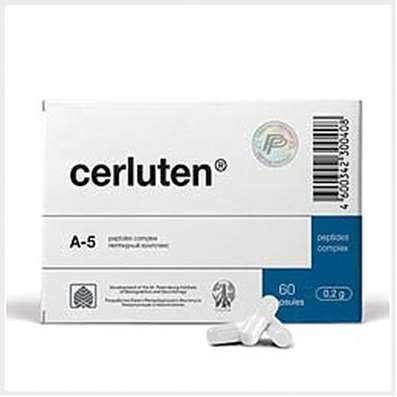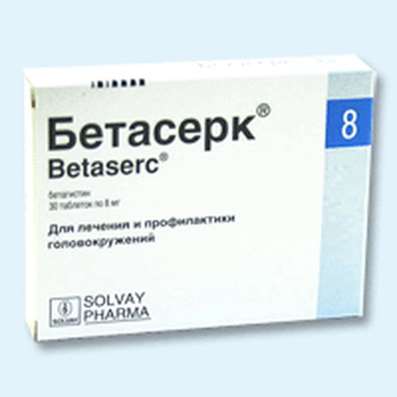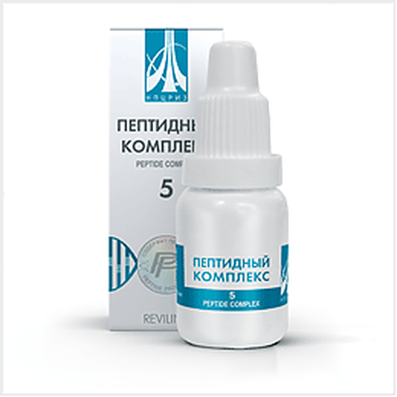Instruction for use: Gelatine
I want this, give me price
Trade name of the drug – Gelofusine; Geloplasma balance; Gelatine
The Latin name of the substance Gelatine
Gelatina (genus. Gelatinae)
Pharmacological group:
Substitutes for plasma and other blood components
The nosological classification (ICD-10)
E86 Decreased fluid volume [hypovolaemia]: Water deficit recovery; Indemnification of isotonic deficiency of water; Compensation for isotonic sodium deficiency; Compensation BCC; Replenishment of water deficit with stored KShS; Replenishment of fluid volume; Replenishment of BCC; Replenishment of electrolytes with stored KHS; Hypovolemic conditions; Hypovolemic condition; Hypovolemia; Hypotonic form of hypohydration; Hypochloremia with dehydration; Dehydration of different origin; Dehydration in children; Substitution of plasma volume for blood loss in pediatrics; Substitution of plasma with its losses and burns; Isotonic dehydration; Isotonic form of hypohydration; Violation of the water-salt balance; Dehydration;Dehydration in acute intestinal infections; Acute hypovolemia; Loss of fluid in burns; Toxicosis with exsycosis
I95.9 Hypotension unspecified: Hypotensive reactions in case of weather changes; Hypotension with septic shock; Arterial hypotension with spinal anesthesia; Hypotonic state; Hypotension
Z51.8 Other specified medical assistance
Model clinical-pharmacological article 1
Pharmacological action. Plasma-substituting agent. Increases BCC, which leads to an increase in venous return and IOC, increased blood pressure and improved perfusion of peripheral tissues. The increase in bcc (more than 1.5 times the initial value) and the increase in blood pressure occurs not only due to the introduced solution, but also in connection with the additional interstitial fluid entering the vascular bed. Calling osmotic diuresis, it ensures the maintenance of kidney function in shock. Reduces the viscosity of blood, improves microcirculation. Due to its colloid-osmotic properties it prevents or reduces the likelihood of developing interstitial edema. Accelerates ESR, which normalizes after 20 days on average; Does not violate the protein, carbohydrate and pigmentary functions of the liver, improves microcirculation. The volume-replacing effect is maintained for 5 hours.
Pharmacokinetics. Quickly leaves the bloodstream, which is explained by the presence of a large number of low molecular weight fractions (after 2 hours in the blood there are about 20% of the injected drug). T1 / 2 - 9 hours. It is excreted by the kidneys - 75%, through the intestine - 15% (10% is cleaved in tissues through proteolysis and included in the protein metabolism). Does not cumulate.
Indications. Hypovolemia (prevention and treatment): traumatic, burn, hemorrhagic and toxic shock. Conditions accompanied by a thickening of the blood (for the purpose of hemodilution). Extracorporeal circulation. Prevention of blood pressure lowering with spinal or epidural anesthesia. As a solvent when insulin is introduced (to reduce its loss due to adsorption on the walls of infusion tanks and tubes).
Contraindications. Hypersensitivity, hypervolemia, severe heart failure.
Carefully. Hyperhydration, chronic renal failure, hemorrhagic diathesis, pulmonary edema, hypokalemia, hyponatremia.
Dosing. IV the drip, the duration of the infusion and the volume of the administered solution are corrected taking into account the dynamics of heart rate, blood pressure, diuresis, perfusion state of peripheral tissues. With moderate blood loss and with a prophylactic purpose in the preoperative period or during the operation is administered in a dose of 0.5-1 L for 1-3 hours. In the treatment of severe hypovolemia - 1-2 liters. In emergency, life-threatening situations, 500 ml is injected in the form of fast infusion (under pressure), then after an improvement in blood circulation, the infusion is performed in an amount equivalent to a volume deficit.
To maintain the BCC in shock - up to 10-15 liters within 24 hours.
Extracorporeal circulation: 0.5-1.5 l (depending on the system used).
Side effect. Anaphylactoid reactions, with massive administration - hypocoagulation (caused by the effect of dilution).
Overdose. Symptoms: hemodilution.
Interaction. Pharmaceutically incompatible with fat emulsions, barbiturates, muscle relaxants, antibiotics, GCS. Compatible with solutions of electrolytes, carbohydrates, whole blood.
Special instructions. It can change the indicators of diagnostic tests for glucose, fructose, cholesterol, fatty acids, as well as ESR, specific gravity of urine, urinary protein index (including biuret method). Turbulent solutions do not use. Before the gelatin transfusion, the doctor must perform a visual inspection of the bottles intended for infusion. The preparation is considered suitable for use provided that the sealing is kept tight, there is no cracks on the bottles. The drug should be clear and do not contain suspended matter. The results of visual inspection of bottles and label data (name of the preparation, manufacturer, serial number) must be recorded in the patient's medical history.
The degree of reduction of hematocrit should not exceed 25% (in the elderly, as well as in cardiovascular and pulmonary insufficiency - 30%). With CHF, infusion is slow because of possible circulatory overload. If more than 2-3 liters are administered during the operation, the serum concentration of the protein should be monitored in the postoperative period, especially if there is tissue swelling (if necessary, human albumin is useful for further plasma replacement therapy).
When used as an infusion under pressure (cuff of the tonometer, infusion pump), the solution must be heated to body temperature. When the preparation is administered under pressure, all air from the vial must be removed beforehand.

 Cart
Cart





